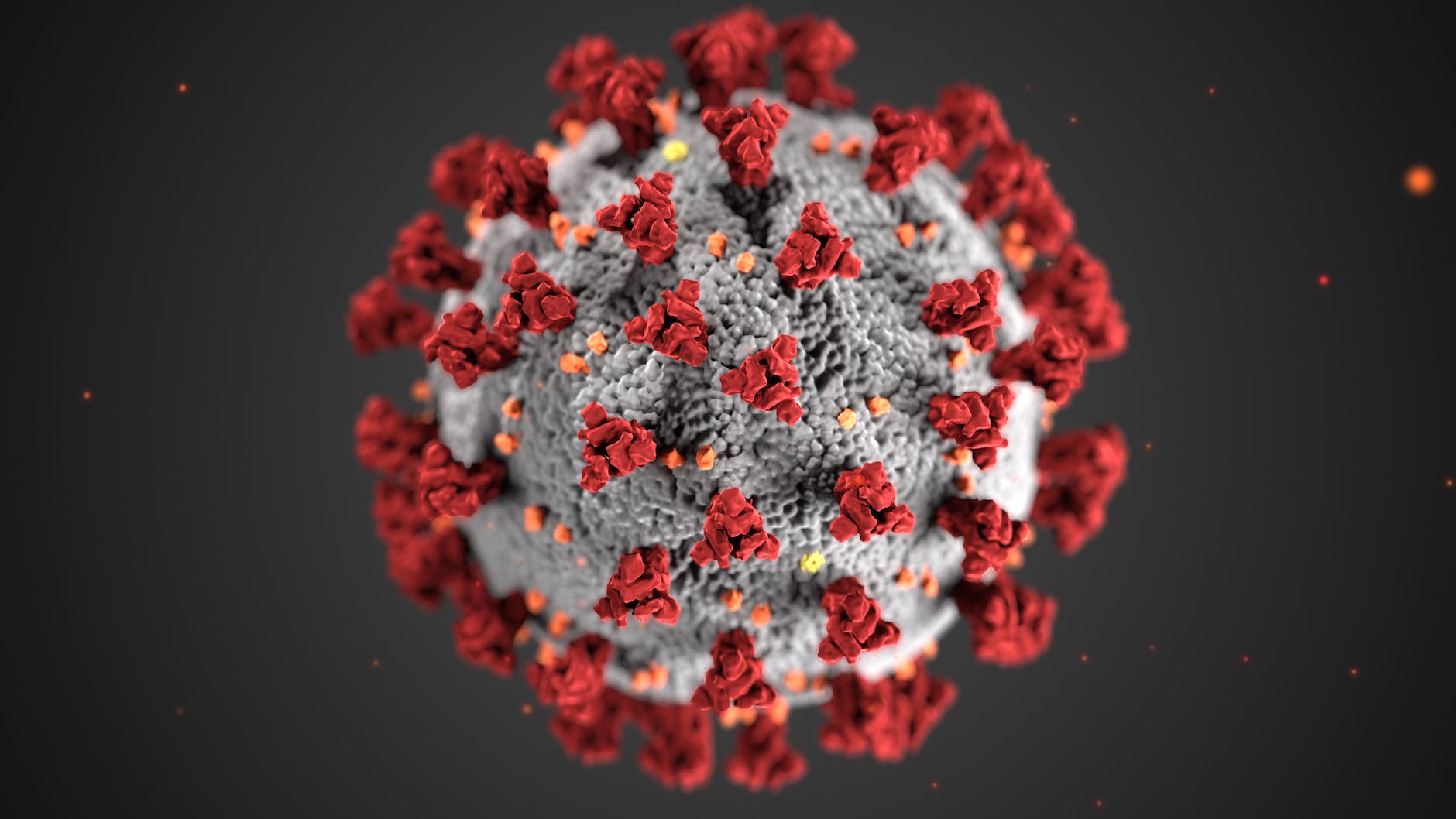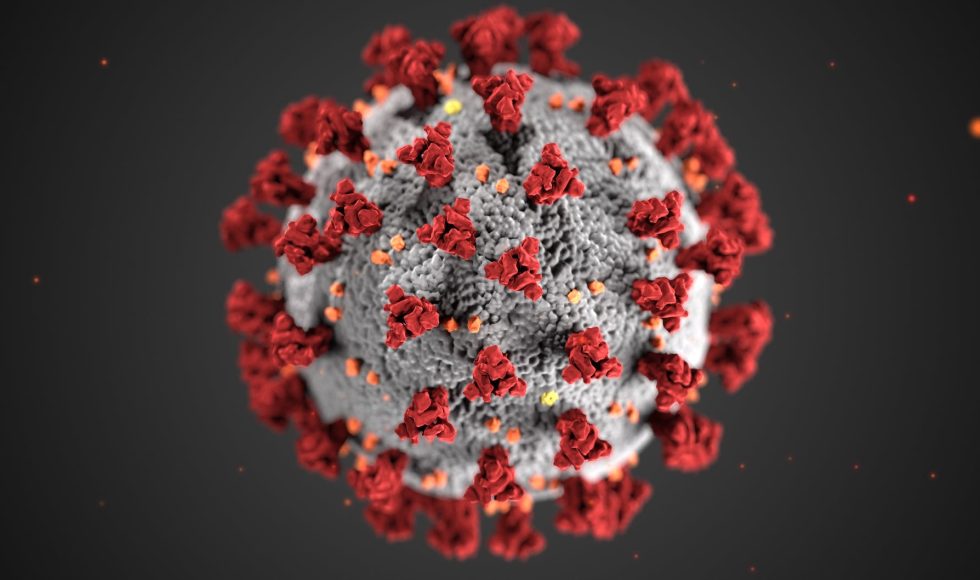Professor Laurent Mesnard from from the Medecine Sorbonne Universite spoke at the Nanopore Community Meeting 2022 about “Rapid genomic analysis for thrombotic microangiopathies (TMA) diagnosis.” Their approach combined Nanopore adaptive sampling, EPI2ME, and SeqOne approach. They described TMA and the need to detect early. Mesnard explained that the biggest challenge for TMA is early intervention. Molecular detection can decrease the turnaround time. Mesnard described the implementation study that used MinION flow cells and adaptive sampling (with washes). Mesnard said they “tricked” the system to detect and sequence specific sequences. By using EPI2ME and SeqOne genomics along with SeqOne Genomics tools, they are able to analyze patient samples very quickly. The use of several tools to do fast analyses and molecular diagnoses.
The next session I watched was by Laurens Lambrechts who spoke about “Long-read sequencing assay allows accurate characterization of the HIV-1.” Currently the approach for near full-length HIV-1 sequencing uses nested long-range PCR of 9 kB and limiting dilution PCR. The new assay was based on a Nature Methods protocol to target amplicons. The new system helps increase coverage and range of virus genomes amplified. The approach was tested on 18 patients on anti-retroviral therapy. The sequencing results yielded a wider diversity of viruses. Lambrechts described their method as “scalable and high-throughput assay, with 10-fold decrease in cost/genome” along with “overcomes lower single-read accuracy associated with older nanopore sequencing chemistries). Importantly, they validated results with patient samples and have a promising diagnostic tool.
The last session I watched tonight was by Sarah Hill who spoke about “Investigation into yellow fever virus spread at the animal-human interface.” Hill emphasized on a slide that “explaining virus spread in animals is central to understanding spillover risk.” Hill described regions with populations living near complex ecosystems are at high risk for the emergence of viruses. Hill mentioned that zoonotic viruses may have different requirements. With the MinION and ARTIC multiplex PCR approach, they can stop the process once they have enough reads. This approach allowed for sequencing of isolates and representation of more viruses. It was intriguing how relatively small amounts of virus can provide insight to explain virus spread in animal hosts. They mentioned that these approaches can be scaled to work on the millions of COVID-19 virus genomes.



